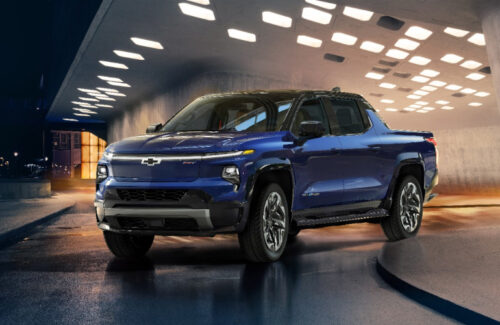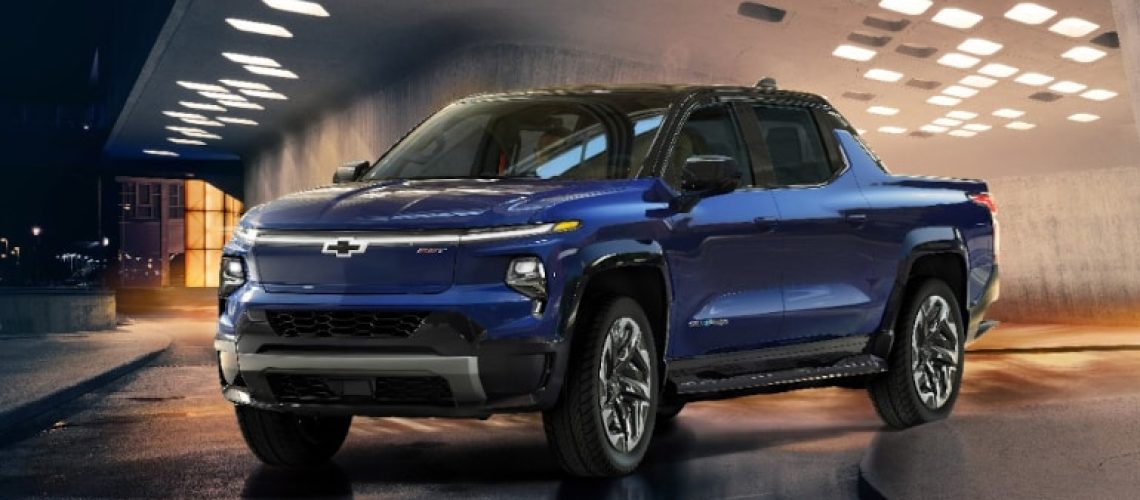PG&E is piloting a program that uses General Motors electric vehicles as on-demand power sources for homes in PG&E’s service area.

Chevy Silverado EV
PG&E and GM will test vehicles with bidirectional charging technology that will feed stored vehicle energy into customer homes. Bidirectional charging capabilities add even further value by improving electric resiliency and reliability.
“We are really excited about this innovative collaboration with GM. Imagine a future where everyone is driving an electric vehicle — and where that EV serves as a backup power option at home and more broadly as a resource for the grid. Not only is this a huge advancement for electric reliability and climate resiliency, it’s yet another advantage of clean-powered EVs, which are so important in our collective battle against climate change,” said PG&E Corporation CEO Patti Poppe.
By the end of 2025, GM will have more than 1 million units of EV capacity in North America to respond to growing demand. The company’s Ultium Platform, a combined EV architecture and propulsion system, enables EVs at scale for every lifestyle and price point.
“GM’s collaboration with PG&E further expands our electrification strategy, demonstrating our EVs as reliable mobile sources of power. Our teams are working to rapidly scale this pilot and bring bidirectional charging technology to our customers,” said GM Chair and CEO Mary Barra.
PG&E and GM aim to test the pilot’s first vehicle-to-home capable EV and charger by summer 2022. The pilot will include the use of bidirectional hardware coupled with software-defined communications protocols that will enable power to flow from a charged EV into a customer’s home, automatically coordinating between the EV, home and PG&E’s electric supply. The pilot will include multiple GM EVs.
Following lab testing, PG&E and GM plan to test vehicle-to-home interconnection allowing a small subset of customer homes to safely receive power from the EV when power stops flowing from the electric grid. Through this field demonstration, PG&E and GM will develop a user-friendly vehicle-to-home customer experience for this new technology. Both teams are working quickly to scale the pilot with the goal of opening larger customer trials by the end of 2022.
News item from GM



